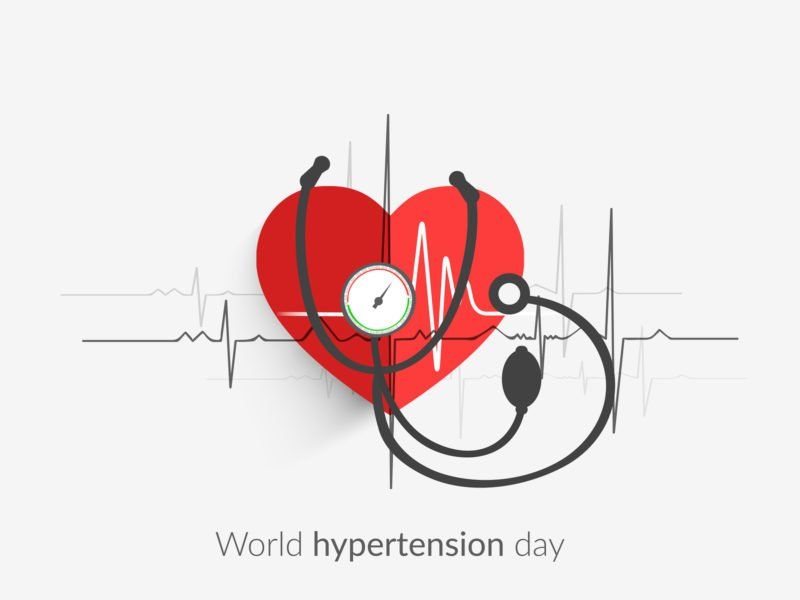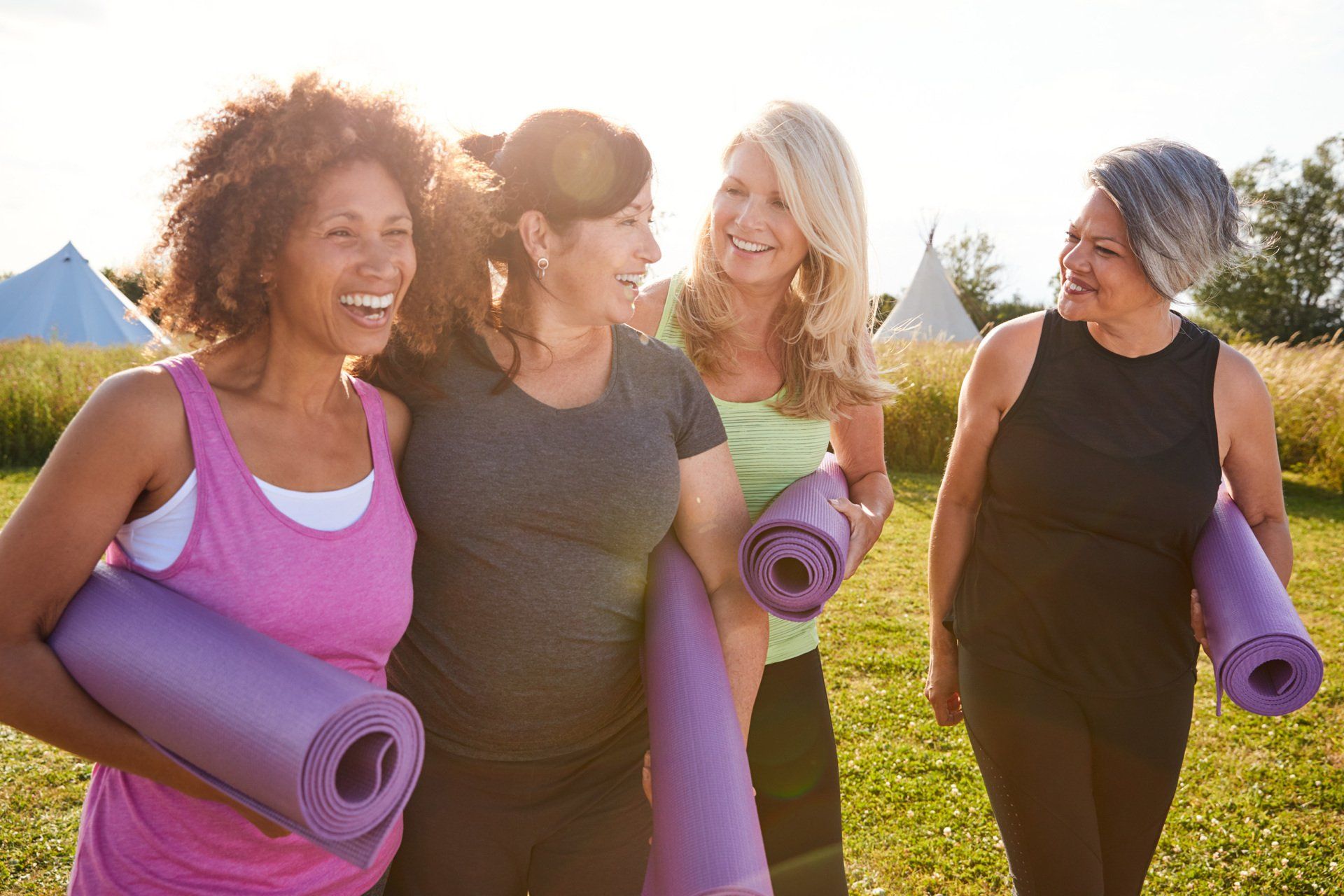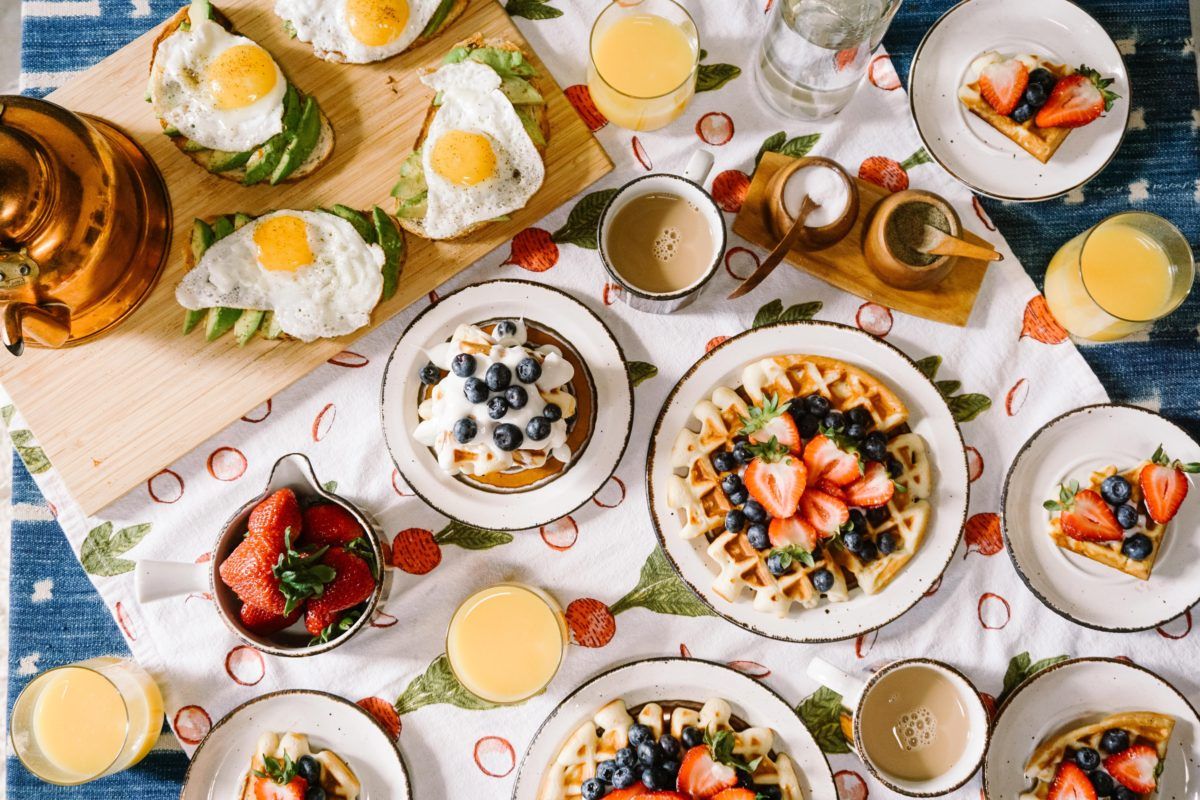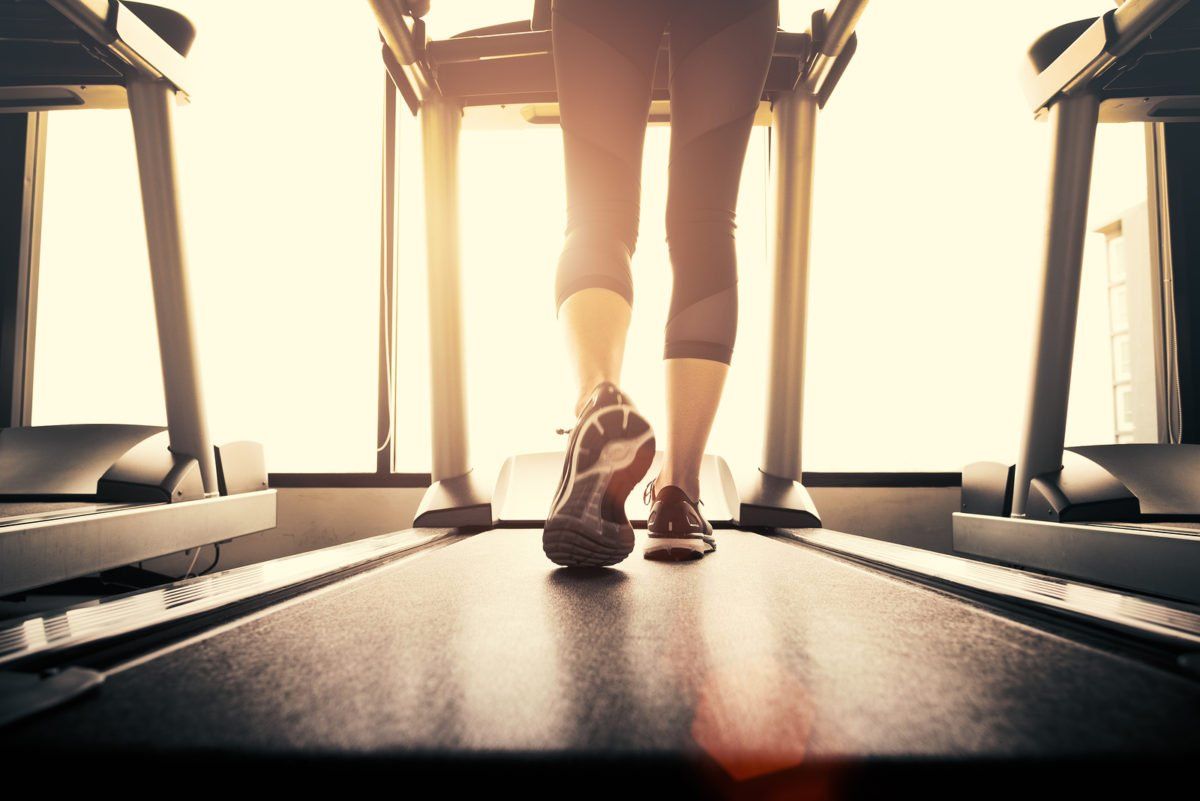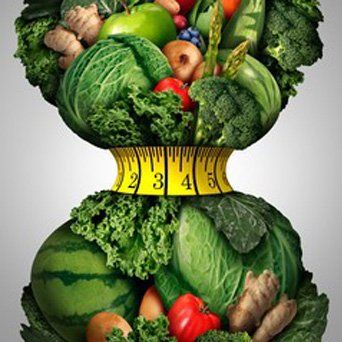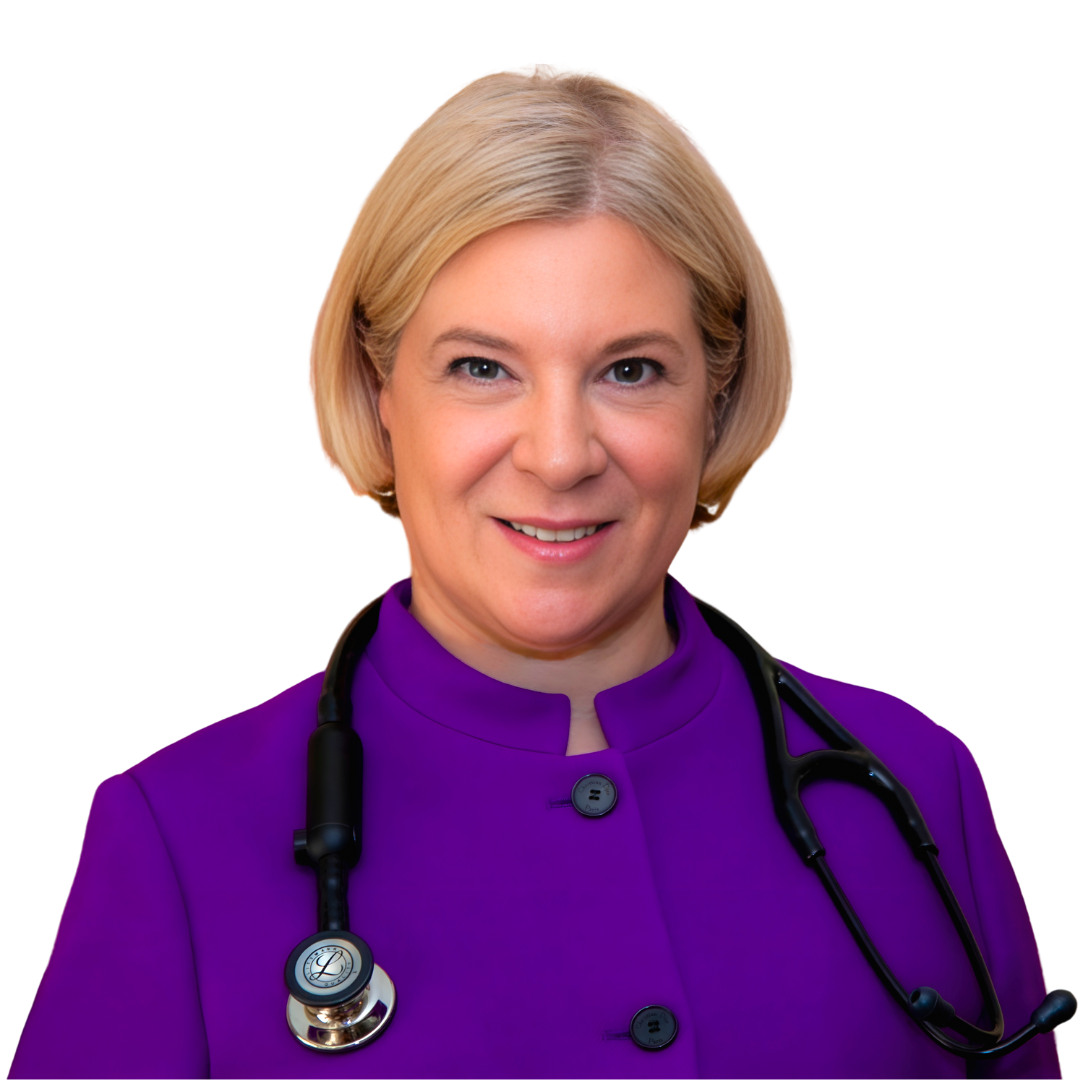Top 6 Ways to Give a Virtual Hug
Top 6 Ways to Give a Virtual Hug
Whether you gathered with your besties for Galentine’s or Palentine’s Day on February 13, or are canoodling with your main squeeze on February 14 for Valentine’s Day, the rituals of celebrating love fills our hearts with warmth. And that warmth—which signals the release of the neurotransmitter oxytocin—is actually good for our hearts. It relaxes blood vessels and reduces blood pressure. Given recent studies that show that loneliness and social isolation can increase heart disease risk in older women, taking time to share the love is more important than ever.
But with the surge in the Omicron Covid-19 variant, how can we still get those warm fuzzies without risking exposure to the virus? And what are some tried and true ways to let love go to our hearts? Here are six ways to give a virtual “hug” during Heart Month—and all year long.

Hug a loved one. We often take our immediate family or roommates—the people inside our safety bubble—for granted, especially after repeatedly leaving dishes in the sink or not taking out the garbage. But have you considered giving them a hug instead of criticism? Hugs release oxytocin, an effect that is even more pronounced in women, as well as building mutual feelings of support.
Adopt an animal. A number of studies conclude that people who live with a companion animal live longer. Beneficial effects include much more than hugs—increased activity, being soothed by petting, companionship and an uncritical listener are among the advantages.
Call your mom. We forget about the social support of loved ones who live far away when we need reassurance. But parents, grandparents and other loved ones from previous generations can offer a precious viewpoint based on life experience. And a call can make you and them feel good, especially if they’ve been isolated. It’s a win-win!
Offer kind words. While you’re calling your folks, keep in mind the power of offering kind words. Not only are they good for building and improving relationships, they offer many of the oxytocin benefits of a hug and help lower cortisol levels.
Start (or join) a club. Not everyone has family to fall back on, but you’re never too old to join a club or organization dedicated to something you enjoy. Clubs are a great way to make new friends and build the kind of social support that extends life expectancy and gives us those warm and fuzzy benefits.
Send Valentine’s Day cards. Sometimes old school is the best school. Taking the time to be intentional and sending loved ones cards telling them how much they mean to you may sound cliché, but sharing kind words on paper can have multiple benefits, with all the benefits of hearing kind words and building a network of mutual support. And it even works after Valentine’s Day!
